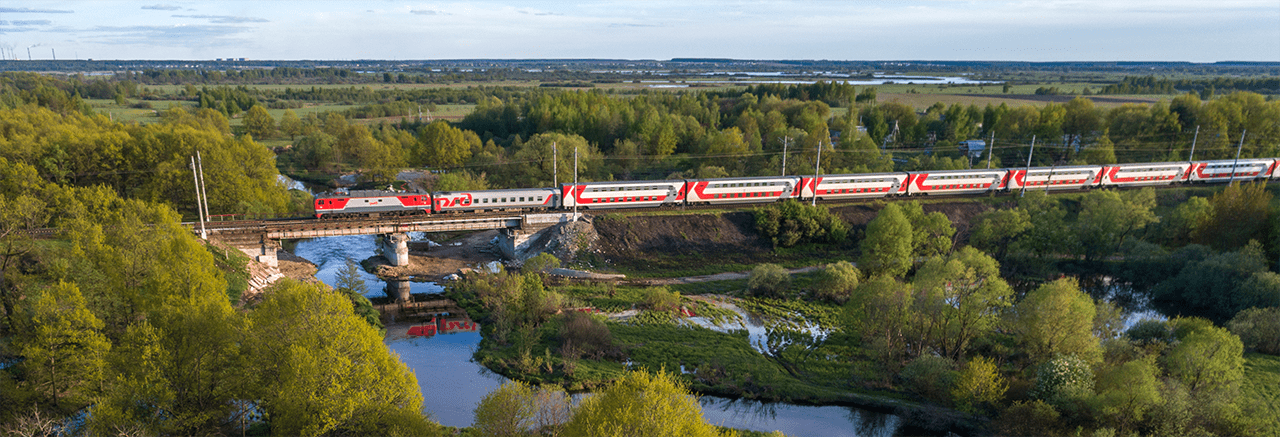Non-occupational injuries GRI 416-1, 416-2
Every year, the Company implements measures to prevent non-occupational injuries for both its employees and the public. Accident prevention efforts are structured along the following lines:
- Organisational action: raids (together with local police and railway guard teams) on places of unauthorized congregation; in collaboration with municipal authorities – themed events that mainly seek to prevent child injuries and include lectures and talks, as well as sending letters to educational institutions, businesses, executive bodies, and the State Traffic Safety Inspectorate (GIBDD);
- Awareness solutions: informing the public about the dangers inherent in train traffic through things like posters, signs, videos, booklets, messages at railway stations, in trains, and in the media.
- Technical solutions: construction, fit-out and maintenance of pedestrian crossings, pedestrian bridges and tunnels, putting up guardrails around train traffic and so on;
- Legal solutions: legislative proposals, participation in the development of new regulations.
Over the past five years, there has been a decrease in the number of injuries, with the total metric going down by 23.1%, and fatal injuries – by 22.2%.
Prevention of Injuries among the Public at Railway Infrastructure Facilities: a Russian Railways investment project
Since 2009, the Company has been implementing an investment project to prevent injuries among the public at railway infrastructure facilities. The project provides for the construction of railway track–level pedestrian crossings equipped with light and sound alarms, as well as the installation of fences along railway lines. These measures are necessary to reduce the risk of injury at railway crossings and prevent civilians from accessing infrastructure facilities.
Over the 13 years the project was in effect (2009 to 2021), injuries among the public decreased by 55.9%, or 2.3x.
In 2021, it saw the commissioning of 51 pedestrian railway crossings and 21 km of fencing.
Russian Railways’ 2021 investments in public injury prevention across its infrastructure amounted to RUB 913.7 m (2020 – RUB 524.1 m).
Technical measures in 2021:
- 1,674 pedestrian crossings, 119 footbridges, 10 pedestrian tunnels, 88 passenger platforms overhauled (repaired); 2,037 linear metres of railway fences built;
- 42 train approach announcers installed, 651 systems of sound and light auto alarms at pedestrian crossings brought in line with the specifications;
- lighting at 605 pedestrian crossings brought in line with the specifications, lighting on 1,785 platforms improved;
- 622 pedestrian crossings brought in line with the specifications, 27,970 posters reattached, 28,710 safety signs reinstalled.
